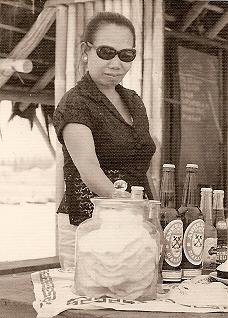
Iím Robert Wessing, anthropologist, hiker and, especially
lately, traveler. Since my retirement I try to spend winters in
Indonesia and the rest of the year in Holland and the United
States, where my sons and foster daughter live. Come to think of
it though, Iíve been traveling all my life. I
was born in Amsterdam in 1939, just when World War II was
getting underway (see the Reflections tab). After the war my
father, the photographer Peter Wessing, decided to move to the
Netherlands Indies because he didnít like either the physical or
the bureaucratic climate in Holland. His timing was somewhat
off, of course, as within two years the Netherlands Indies
officially became Indonesia. He nevertheless decided to stay,
and so I grew up in Jakarta until 1957, when I was seventeen.
During these years I lived between the post-colonial Dutch and
the Indonesian cultures, dreaming Dutch boy-dreams of becoming
an engineer while at the same time absorbing Javanese beliefs in
spirits and ghosts. An important source of the latter was Mrs.
Marsiti Radiman who took care of our household in the late
1950s.

In
1957 we moved from Jakarta to New York, where I was confronted
with the American culture of the 1950s: country music, rock 'n
roll, girls, Christianity and an unshakable belief that
everything American was the best in the world, which of course
conveniently ignored realities like racism and poverty. After a
brief stay in New York I moved to Chicago where I attended Lane
Technical High school for a year, still pursuing my idea of
becoming an engineer. I then dropped out and joined the Navy in
1958, shortly after meeting my first Ďrealí girlfriend, Dorothy,
through a mutual friend.

In 1962 I left the Navy (having served on the USS Wasp) and started at the University of Illinois, first at Navy Pier in Chicago and later in Urbana. Dorothy and I had married and had a son, Steve, by then.
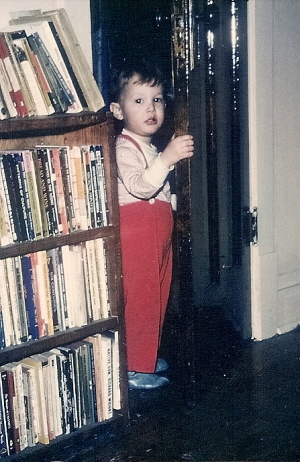
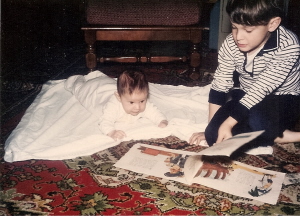
Later we had another son, Erik After that, however, things sadly fell apart and we divorced in 1969.
In the mean time Iíd gotten my B.A. in anthropology (having given up on engineering) and was well on my way toward my Ph.D. under the intellectual tutelage of the late professors Kris Lehman and Demitri Shimkin. Early 1970 I took my prelims, got a grant and was on my way to West Java where I did 18 months of fieldwork, accompanied by Patt Keane whom I married in Jakarta. Late 1971 we returned to Urbana where Patt soon became restless and left to visit friends. After that she briefly returned to get her things before leaving for good.
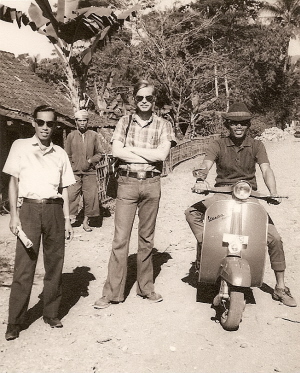

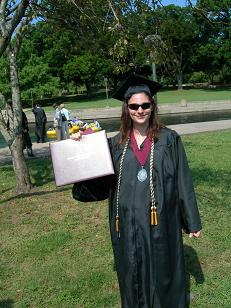
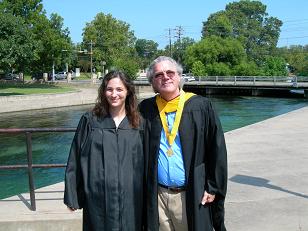
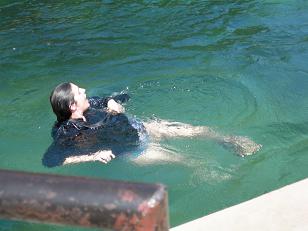
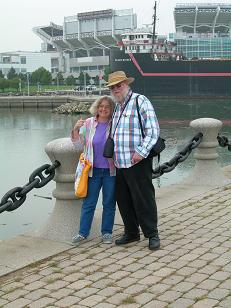
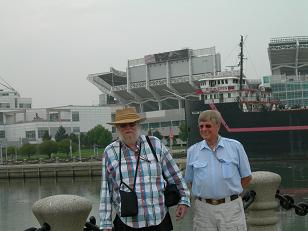
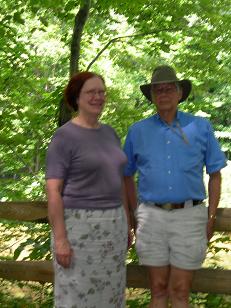

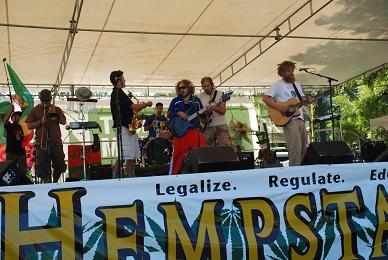
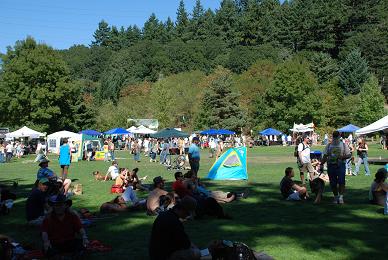
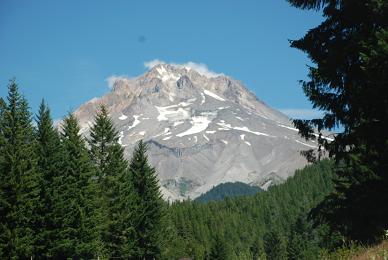
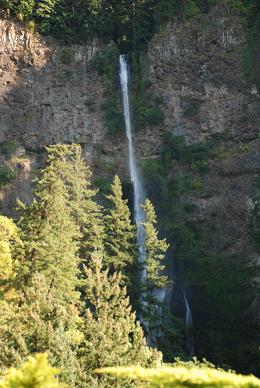
Dutch Megaliths: Hunebedden
Having seen the megaliths at Stonehenge, Avesbury, and Carnac, my friend Ronald Veltkamp and I decided in 2013 to visit the lesser known Dutch hunebedden (stone tombs), first as a two-day hike with Ronald, and later the ones around the city of Essen with friend Josť Ros. These hunebedden are found as far west as Apeldoorn in the province Gelderland, though the majority of them lie scattered along a curved roughly northwest-southeast line in the provinces Drenthe and Groningen, with the majority in Drenthe. The line, however, extends south at least as far as the Belgian Ardennes, and many of these tombs are also found in Emsland, to the east of the Dutch ones, just across the German border. Because they are so scattered the tombs are not as easy to visit as the British and French megalithic sites. However, a number of them are conveniently located near Borger, which also hosts a hunebedden museum. Some have also become surrounded by modern residential areas.

These ancient stone tombs owe their name hunebedden to the old belief that they were built by giants (huynen). They are some 5000 years old and used to be fully covered with sand. Over the years the sand hills eroded, leaving the stone graves exposed. There is some question whether all deceased were buried this way or only highly placed persons: given the effort and resources that would have gone into making such a stone structure and covering hill, it seems likely that they were restricted to the wealthy and powerful, Grave goods were associated with them, though these have now mostly been lost.
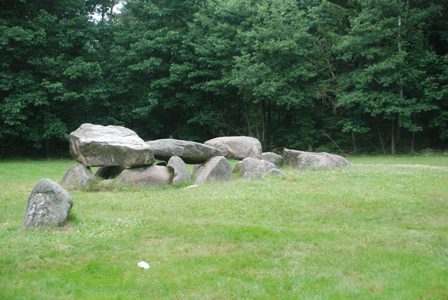
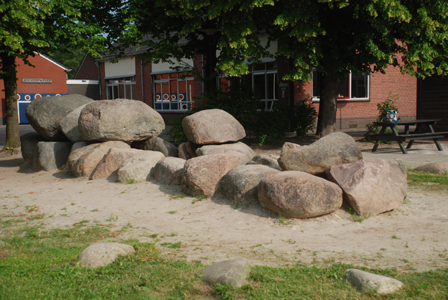
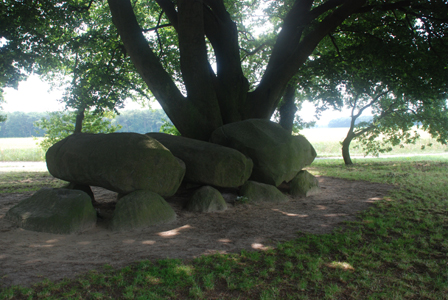
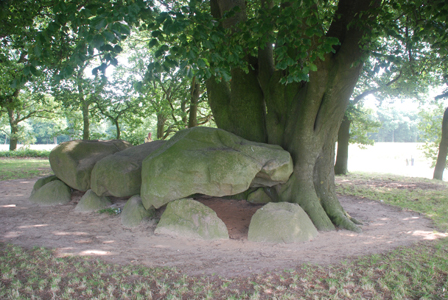
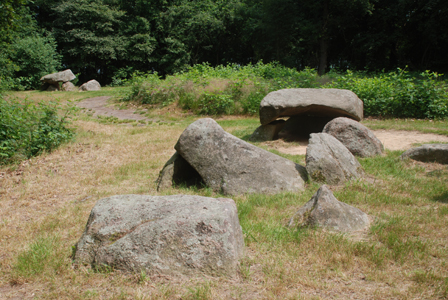
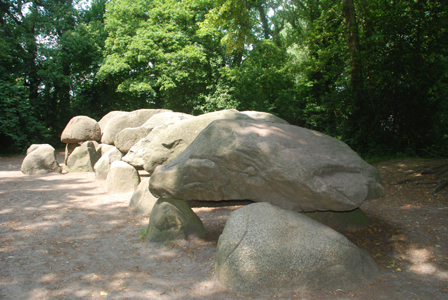
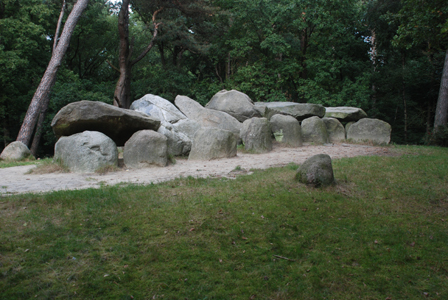
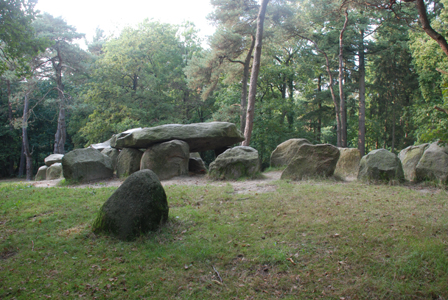
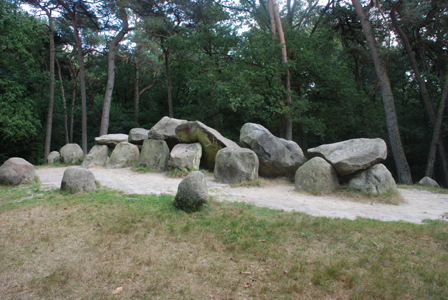

The tombs have also inspired modern artists. A series of seven creations made from natural boulders can be seen in the Drenthe landscape along a 40 km route. About this one the artist writes that he tried to expose the language of the stone and enable it to reveal and possibly express feelings of taste, sound, tension and emotion. Doing this requires simplicity, serenity and silence.

Others are more whimsical: